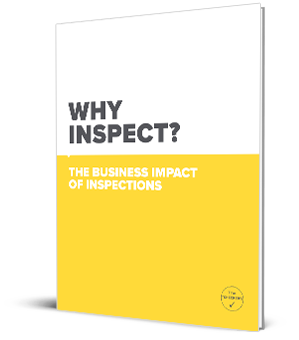What is a near miss? We can define it as an unplanned event that didn’t result in damage, illness, injury, or fatality but had the potential to do so. Although near misses don’t cause harm, they can precede accidents in which an injury or loss could occur. They are leading indicators to an accident and can be used to prevent incidents from happening in the future—but only if scrutinized and used correctly.
Collecting near-miss reports
Some people tend to write a near miss as a “no harm, no foul” situation. However, by tracking near misses—when, why, and how they happen—you get an opportunity to take corrective actions to prevent future incidents. That way, you are proactive in identifying and controlling workplace hazards.
Near misses can teach you valuable lessons you should share with personnel at individual project sites and company meetings and use to update your company’s safety policies. Supervisors should pay attention to these situations every time they go on a routine safety walkthrough.
Involve Your Personnel
The vital factor in any near-miss program is the participation of personnel. They are always present in the workplace, and they witness these situations. They should be trained to recognize and identify potential hazards and allowed to turn in their reports anonymously. That way, the focus will be on lessons learned and not on assigning blame. Reporting incidents can get a bad reputation because it creates an opportunity to snitch. In that case, there can be a lot of peer pressure to avoid reporting incidents, which prevents reaping the benefits of a near-miss program.
To encourage near-miss reporting, employers can set quotas or offer incentives to those who report hazards. Some experts advise against these strategies because they could negatively affect the quality of received information, but they can encourage a reporting culture better than offering rewards for zero- or low-injury rates. People are more inclined to contribute to the prevention of hazards by discussing a near miss than if a serious accident has already happened. According to OSHA, incentive programs must be carefully structured to encourage workplace safety without discouraging the reporting of incidents.
Being open and transparent is critical, and supervisors and managers need to show that it is okay to have these conversations. After all, it’s all about making the workplace safer for everyone.
Takeaway
Everyone throughout all levels of the organization should support and promote the near-miss program. Otherwise, it’s not going to be effective because success depends upon the entire organization’s commitment to safety. Employers should show that they’re committed and taking action. If the team doesn’t think anything is going to happen, they won’t take the time to report any issues.











